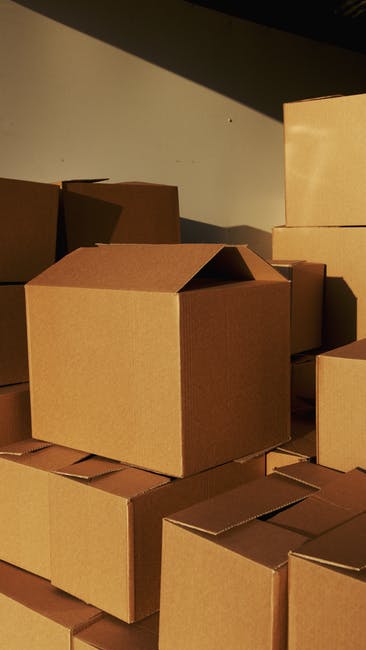Did you know that over 25 million tons of corrugated boxes were produced in the United States in 1992? This form of cardboard is the primary packing medium used in schools, restaurants, retail stores, warehouses, and other businesses.
Have you ever wondered to yourself how these versatile boxes are made? If so, you’re in luck, because this post is going to divulge that process.
What Are Corrugated Boxes?
A corrugated cardboard box is a multifaceted, all-purpose material regularly used for the shipping and receiving of product packaging. Its rough texture makes it ideal for such a job.
It is made up of and separated from regular cardboard boxes by a layered archway paper that adds to its durability and sturdiness.
These boxes are used by a packaging supplier to send materials to their destination. So whether it’s Amazon sending a parcel to an online customer or a warehouse delivering materials to a local business, corrugated boxes are often the go-to packaging choice.
The Creation Process
Corrugated boxes are made from pine trees. And oddly enough, only the trunks of these trees are used to manufacture the cardboard.
The trunks of the trees are transported to a pulp mill (a manufacturing plant that revamps wood chips into fiberboard).
Once they arrive, the tree trunks are then put into a machine that separates the bark and chips them down to size.
Grinding
The chips are then taken through a mechanical process where they are grounded down even further until they are diminished to their smallest components. This is done by grinding the chips against a rotating stone.
The ground chips are then dowsed in water to remove the fibers. Afterward, they are heated to minimize the fibrous material. This is a type of chemical “cooking” that has two kinds of processes: sulfite or sulfate (sulfate being the more popular and commonplace choice).
Neutralizing solutions are then used to break down and dissolve what’s leftover in the wood.
From Wood to Paper
The remaining wood is then sent to a paper-making machine. Made up of rectangular compositions that can sometimes be as high as 600 feet.
This machine converts the wood fibers to paper on various screens before feeding them to heated rollers that dissipate any unneeded water.
Once it’s dried out, it is then woven onto giant rolls where it is now ready for shipment.
Fluting
Once the order arrives at its destination, it is now ready for the fluting process. Flutes are the rigidly waved middle section sandwiched in between the bottom and top paper-liner layers of the cardboard.
This is what separates corrugated cardboard from its regular everyday counterpart.
Fluting takes place by putting the rolls of paper through a machine called a corrugator. The machine squeezes the paper between two hardened rollers and shoots it with searing steam. This is what forms the rippled waves of the flute.
One roller then adds glue to a single side of the flute before attaching both liner sheets. The corrugator’s final job is to separate the boards and leave them for workers to double-check before authorizing a shipment to print.
Takeaways
The process of creating anything is usually very long and takes a lot of craftsmanship as well as attention to detail. And that process is no different when it comes to corrugated boxes.
If you’d like to learn more, make sure you check out the blog for additional information.









